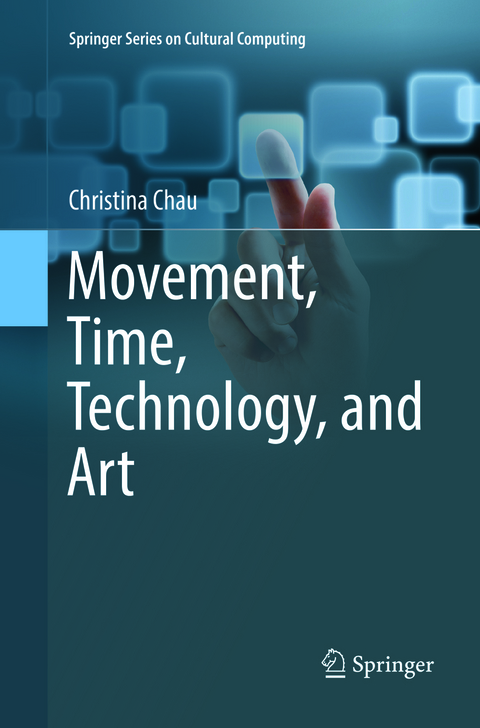
Movement, Time, Technology, and Art
Seiten
2018
|
Softcover reprint of the original 1st ed. 2017
Springer Verlag, Singapore
978-981-13-5206-5 (ISBN)
Springer Verlag, Singapore
978-981-13-5206-5 (ISBN)
This book explores the ways in which artists use technology to create different perceptions of time in art in order to reflect on contemporary relationships to technology. By considering the links between technology, movement and contemporary art, the book explores changing relationship between temporality in art, art history, media art theory, modernity, contemporary art, and digital art.
This book challenges the dominant view that kinetic art is an antiquated artistic experiment and considers the changing perception of kinetic art by focusing on exhibitions and institutions that have recently challenged the notion of kinetic art as a marginalised and forgotten artistic experiment with mechanical media. This is achieved by deconstructing Frank Popper’s argument that kinetic art is a precursor to subsequent explorations in the intersections between art, science and technology.
Rather than pandering to the prevailing art historicalassumption that kinetic sculpture is merely a precursor to art in a digital culture, the book proposes that perhaps kineticism succeeded too well, where movement has become a ubiquitous element of the aesthetic of contemporary art. If, as Boris Groys has recently suggested, installation has become the dominant mode of art in the contemporary age, then movement in real time with the viewer is used to aestheticise and explore the facets of our peculiar time.
This book challenges the dominant view that kinetic art is an antiquated artistic experiment and considers the changing perception of kinetic art by focusing on exhibitions and institutions that have recently challenged the notion of kinetic art as a marginalised and forgotten artistic experiment with mechanical media. This is achieved by deconstructing Frank Popper’s argument that kinetic art is a precursor to subsequent explorations in the intersections between art, science and technology.
Rather than pandering to the prevailing art historicalassumption that kinetic sculpture is merely a precursor to art in a digital culture, the book proposes that perhaps kineticism succeeded too well, where movement has become a ubiquitous element of the aesthetic of contemporary art. If, as Boris Groys has recently suggested, installation has become the dominant mode of art in the contemporary age, then movement in real time with the viewer is used to aestheticise and explore the facets of our peculiar time.
Christina Chau is a lecturer in Media, Culture and Creative Arts at Curtin University, and editorial assistant for the academic journal Deleuze Studies.
Introduction.- Revolutions.- Directions in Kinetic Art.- Systems Aesthetics.- Digital Determinism.- Three Key Influences of the Kinetic Aesthetics.- Your Negotiable Panorama.- Our Consciousness of Time.
| Erscheinungsdatum | 04.03.2022 |
|---|---|
| Reihe/Serie | Springer Series on Cultural Computing |
| Zusatzinfo | VI, 148 p. |
| Verlagsort | Singapore |
| Sprache | englisch |
| Maße | 155 x 235 mm |
| Themenwelt | Geisteswissenschaften ► Geschichte |
| Mathematik / Informatik ► Informatik ► Datenbanken | |
| Informatik ► Office Programme ► Outlook | |
| Sozialwissenschaften ► Soziologie | |
| ISBN-10 | 981-13-5206-2 / 9811352062 |
| ISBN-13 | 978-981-13-5206-5 / 9789811352065 |
| Zustand | Neuware |
| Haben Sie eine Frage zum Produkt? |
Mehr entdecken
aus dem Bereich
aus dem Bereich
Buch | Softcover (2022)
Markt + Technik Verlag
CHF 20,90
Band 1: Grundlagen des digitalen Zeitalters
Buch | Softcover (2024)
Springer Gabler (Verlag)
CHF 69,95


